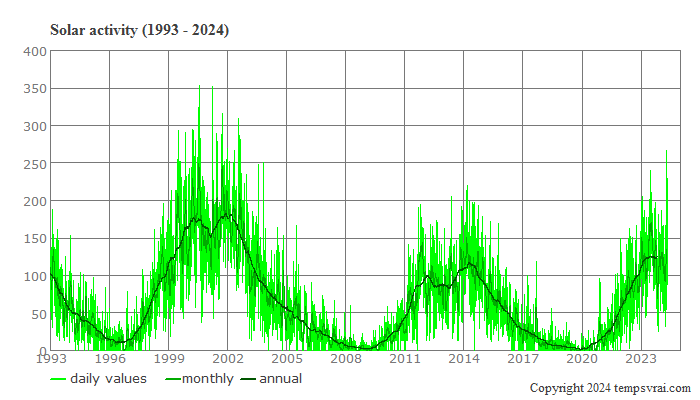

This is consistent with a temperature depression from about AD 775 on into the beginning of the 9th century. At around AD 775, we see the well-known strong C-14 variability (solar activity drop), then immediately another dearth of aurorae plus high C-14, indicating another solar activity minimum. Then, after about AD 690 (the maximum in radiocarbon, the end of the Dark Age Grand Minimum), we see increased auroral activity, decreasing radiocarbon, and increasing temperature until about AD 775. After increased solar activity until around AD 600, we see a dearth of aurorae and increased radiocarbon production in particular in the second half of the 7th century, i.e. solar activity proxies, with temperature reconstructions (PAGES).

We compare our catalog of historical aurorae (and sunspots) as well as C-14 data, i.e. To classify such reports correctly, clear criteria are needed, which are also discussed. We present historical reports on aurorae from all human cultures with written reports including East Asia, Near East (Arabia), and Europe. This time range includes the so-called Dark Age Grand Solar Minimum, whose deep part is dated to about AD 650 to 700, which is seen in increased radiocarbon, but decreased aurora observations (and a lack of naked-eye sunspot sightings). We will discuss the role of solar activity for the temperature variability from AD 550 to 840, roughly the last three centuries of the Dark Ages.


 0 kommentar(er)
0 kommentar(er)
